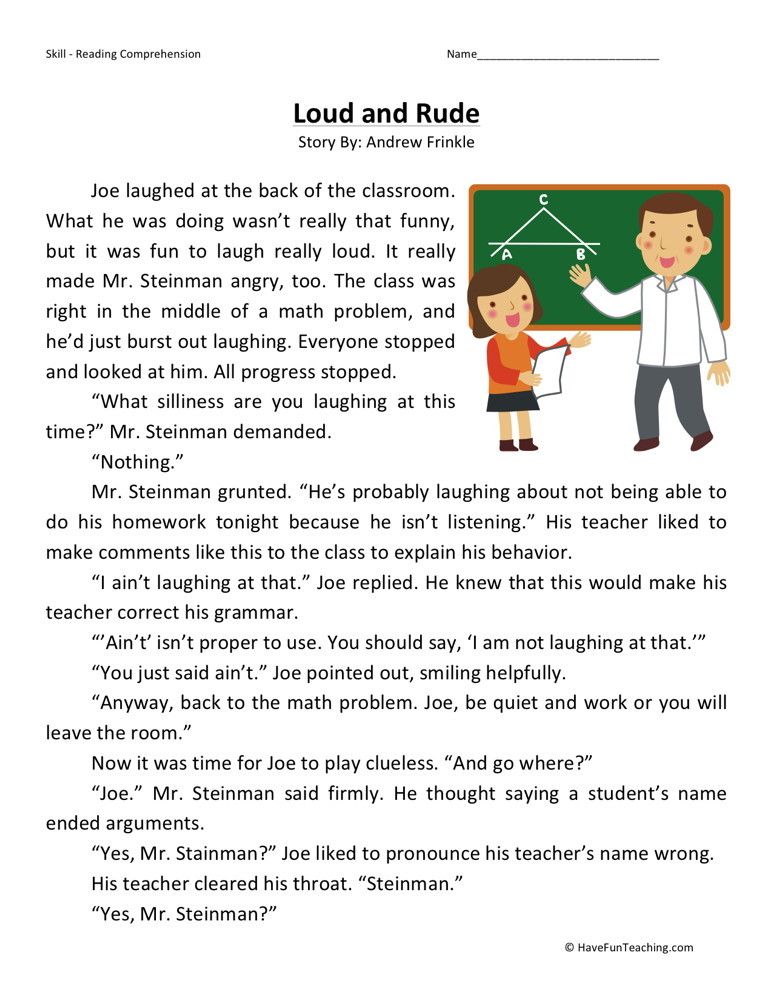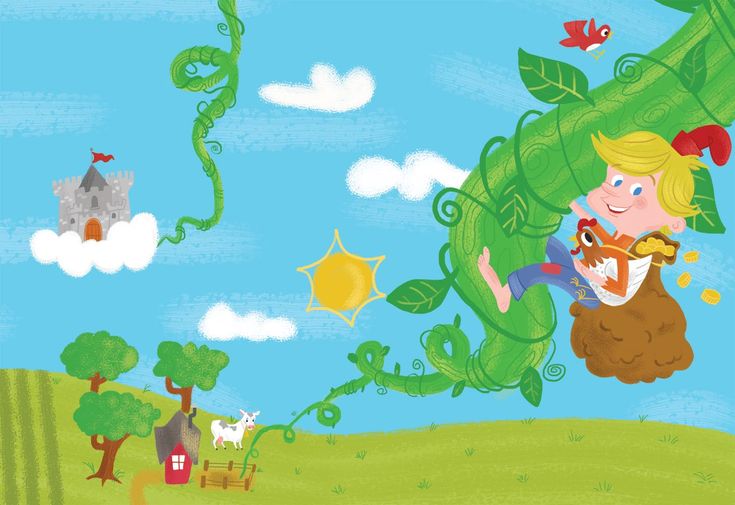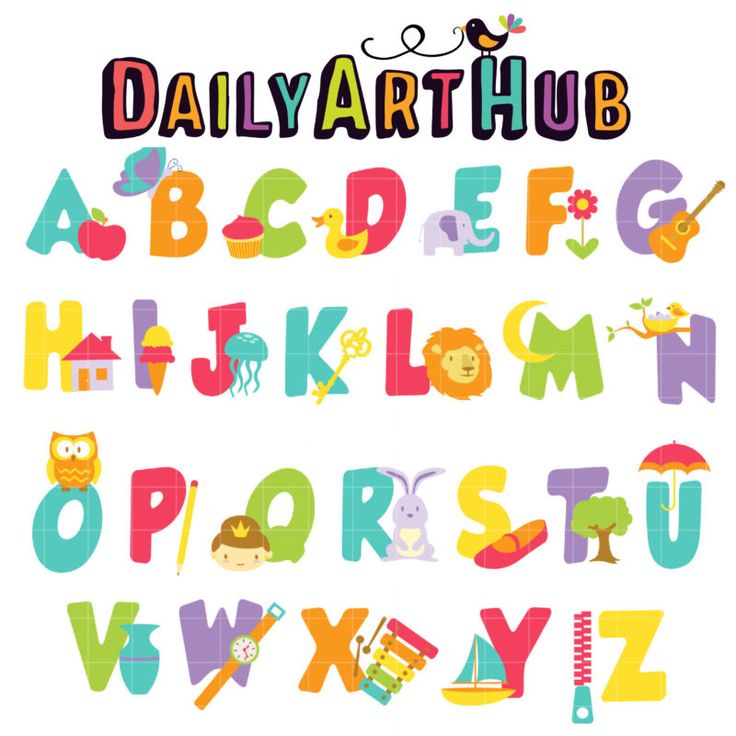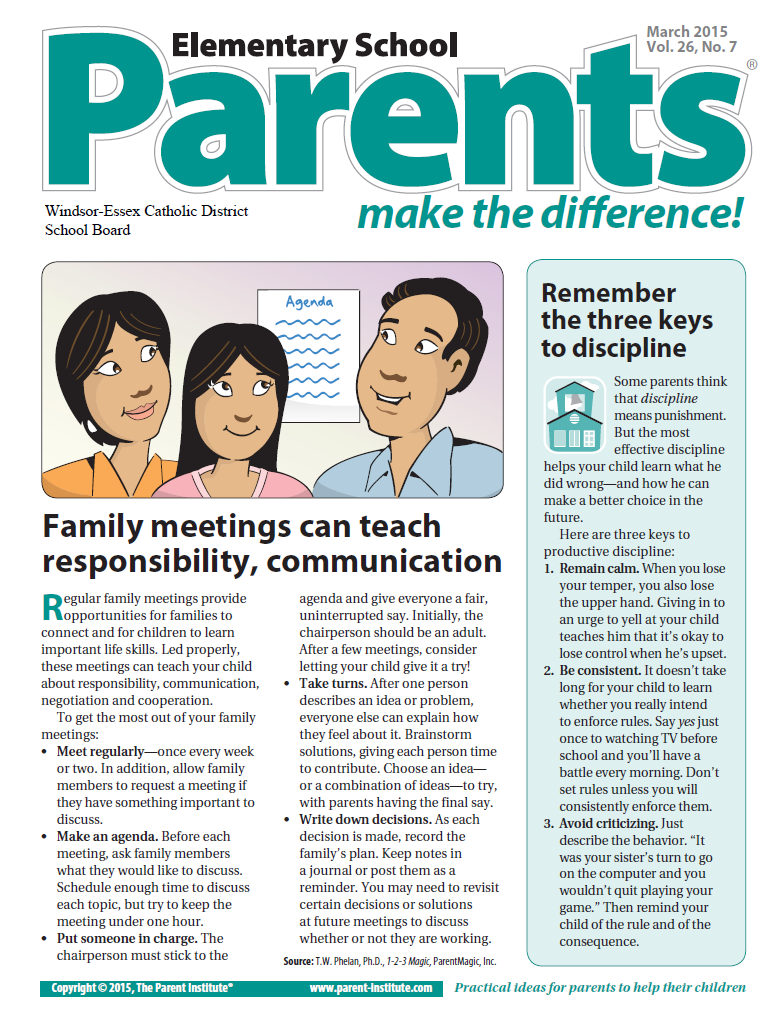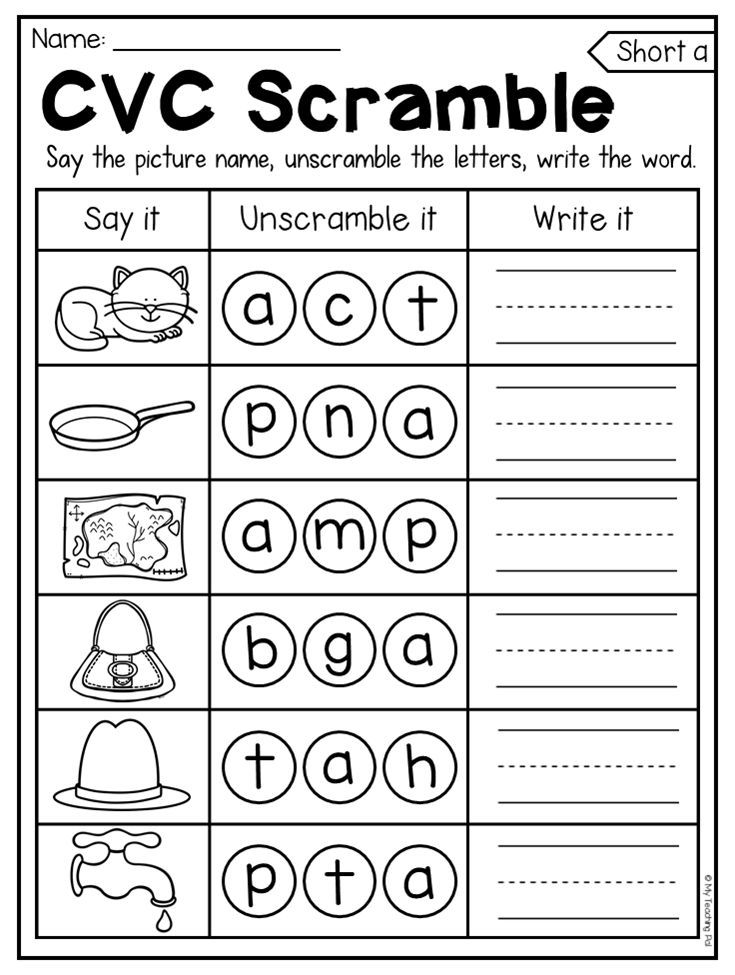Reading comprehension strategies for 4th graders
Encourage and Boost Reading Comprehension for 4th Graders
Parents and teachers can encourage reading comprehension for 4th graders by engaging them in different activities. While the activities don’t require an internet connection, it still fosters an active learning environment.
What Is 4th-Grade Reading? Why Is It Important?
For most fourth-grade students, reading comprehension is key to success. At this point, most reading is not about memorization but critical thinking skills.
Students need to be able to take what they read and apply it in new contexts. It includes understanding the words and the relationships and images within a text.
Often students struggle with the components associated with reading comprehension. Reading comprehension for 4th graders requires understanding a set of full words with particular demands.
Narrowing down the word choices and simplifying descriptions will significantly enhance their ability to filter out the content that’s not relevant to them.
Why Does 4th-Grade Reading Matter so Much?
Students usually spend grades one through three learning the alphabet, letter sounds, word combinations, and other basic reading skills. In fourth grade, your child has passed the phase of learning to read and is now reading to learn.
Developing basic reading skills is critical for other subjects, like history, math, and science. Students cannot keep up with their peers and fall farther behind without these foundational skills.
Fourth-grade studying is the start of reading comprehension when reading workloads are increased like never before. For your fourth grader, this means they are starting to become analytical readers themselves.
They are required to read the books more frequently and understand longer texts. Text can range from a passage in a history book to a webpage with text and images.
This is because the children need to show their ability to recognize words, sentences, and paragraphs and make sense of the overall meaning.
This process covers a broad range of grammar and content reading skills, from comprehension to vocabulary. They are often introduced to several reading comprehension worksheets to hone their reading skills.
Photo by Ben White on UnsplashSix Strategies to Boost Reading Comprehension for 4th Graders
Reading comprehension is the process of learning and extracting meaning from the text read. Understanding the words and underlying message of a text is the central idea of reading comprehension.
Whether this process is in a classroom or at home, comprehending text is something 4th graders need to learn.
Reading gets more challenging in fourth grade due to the lengthier texts and the new literary devices introduced, which are difficult to process. Therefore, it is normal for teachers and parents to want to help with the 4th-grade slump and the learning process.
Here are some strategies to improve literacy skills and fluency to boost reading comprehension for 4th graders
1.
 Enrich Vocabulary by Writing Down Unfamiliar Words
Enrich Vocabulary by Writing Down Unfamiliar WordsIt’s a great strategy to have your child note down the unfamiliar words from a passage.
You should then encourage them to look up the word in a dictionary and try making up a sentence independently. It will drastically improve their understanding of words and their usage.
2. Practice Comprehension Using Context Clues.
Encourage your child to understand the meaning of challenging words using context clues.
If your child can figure out the meaning of an unfamiliar word from the surrounding context, it will improve their reading and analytical skill.
3. Ask Your Child to Read Aloud.
Reading a piece of text aloud might seem a bit advanced for 4th-grade students.
But try to involve them in animated stories and have them read stories and passages interactively. It will help them develop language and understand the text better.
4. Encourage the Habit of Asking Questions.
Keep an interactive learning environment and encourage your child to ask questions about what he reads.
Building the habit of asking questions before reading a text helps activate their prior knowledge and make predictions. It makes the child interested in the topic and increases the likelihood of connecting with the text.
5. Introduce the Color-Coding Method.
Highlighting important lines or words in a passage help to differentiate ideas and retain information. It could also help readers pay attention to meaningful words.
Ask your child or student to use color codes to identify important words and details from a passage.
6. Use a Ruler or Finger to Follow Along.
If your child finds it difficult to keep track of the line they’re reading, ask them to follow while using a ruler or finger.
With that, the child can to move their eyes smoothly across the page from one line to another. That’s one quick way to improve reading comprehension.
Wrapping Up
The cumulative effect of all of these strategies yields the most desired results for 4th-grade reading.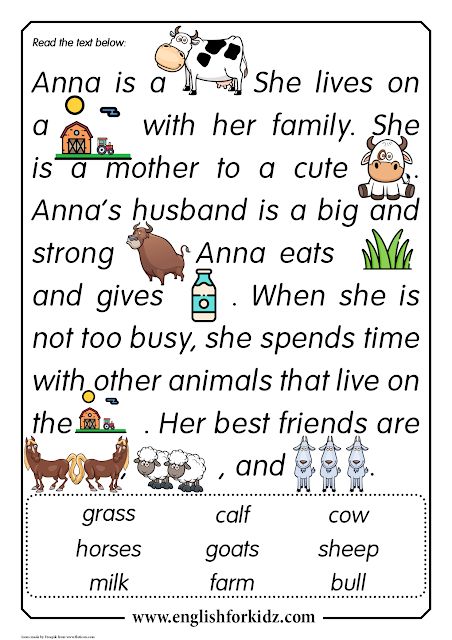 It’s essential to help children read the words in a text and understand the gist of what’s being read.
It’s essential to help children read the words in a text and understand the gist of what’s being read.
Thus, parents need to find the essential balance between pushing their child to practice reading with a purpose and nurturing that practice with love.
It will help the fourth graders follow along with a text independently and use inferences to determine the central idea of a story. This is a pivotal step in the process of reading comprehension for fourth graders.
What Is ZPD Reading Level?
Everyone unique and we all have a unique understanding of the world. So what should the level of difficulty be…
Pam Weber
Page 1 of 1212345...10...»Last »
Best 4th Grade Reading Comprehension Activities
Topic: English Language Arts,Reading Grades: 4th Grade:
Make it fun, make it interesting.
By the time students reach the fourth grade, they have mastered the basics of phonics and decoding and are starting to dig deeper into understanding what they’re reading.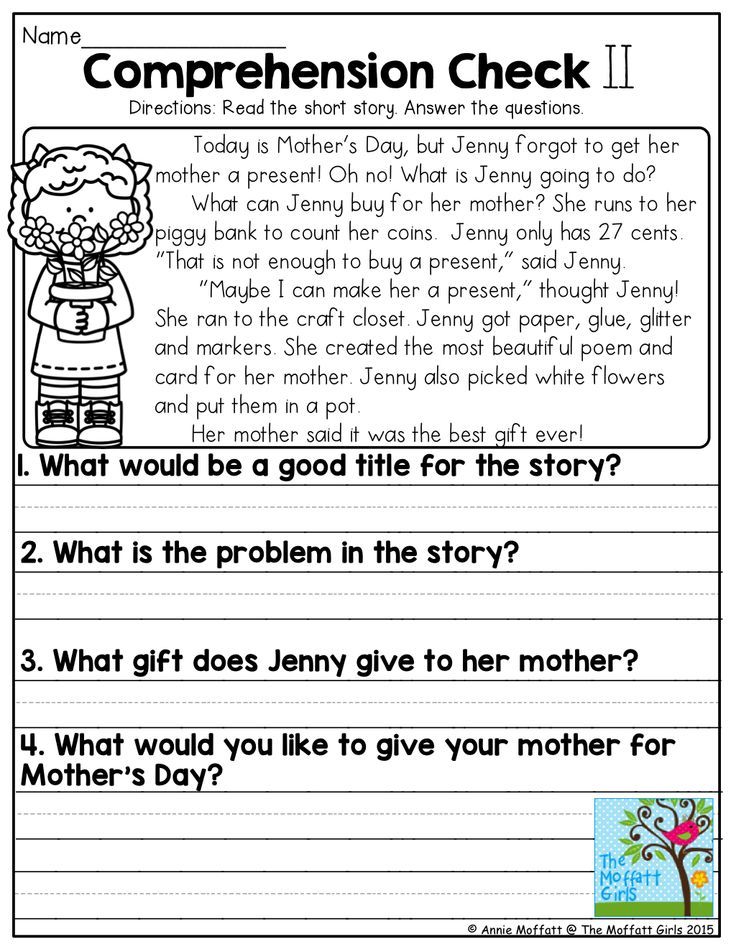 It’s a great time to introduce learning strategies that will help them be lifelong readers. Here are a dozen ways to boost fourth grade reading comprehension.
It’s a great time to introduce learning strategies that will help them be lifelong readers. Here are a dozen ways to boost fourth grade reading comprehension.
1. Color-code your thinking
Taking notes and highlighting reading passages with color can help students differentiate, retain, and transfer knowledge as well as pay attention to critical information for meaningful learning. Teach your students to use colors to highlight passages as they read to help them identify features such as main idea, details and vocabulary words. Or use different colors to mark different sections of a graphic organizer.
Learn more: Think, Grow, Giggle
2. Try think-alouds
Another way to improve fourth grade comprehension is through think-alouds. While reading a text to students, share the questions and answers that are going through your mind. For example, “How does the story make you feel?”
Learn more: The Balanced Literacy Diet
3. Watch a story-elements rap video
You know how they say setting learning to music helps improve retention? Well, with this story-elements rap video, kids will find themselves chanting the chorus long after they watch it. And if rap’s not your thing, check out this list of Our Favorite YouTube Videos for Teaching Story Elements.
ADVERTISEMENT
4. Play a round of reading comprehension Jenga
Who doesn’t love a rousing game of Jenga? The careful strategy in picking just the right block … the rush of successfully pulling out a block … the loud crash of the whole tower tumbling down! This classroom version is not only a blast, it helps boost reading comprehension skills. Score a used Jenga set at a garage sale or thrift store, then download this huge collection of fiction and nonfiction reading comprehension questions from Elementary Assessments.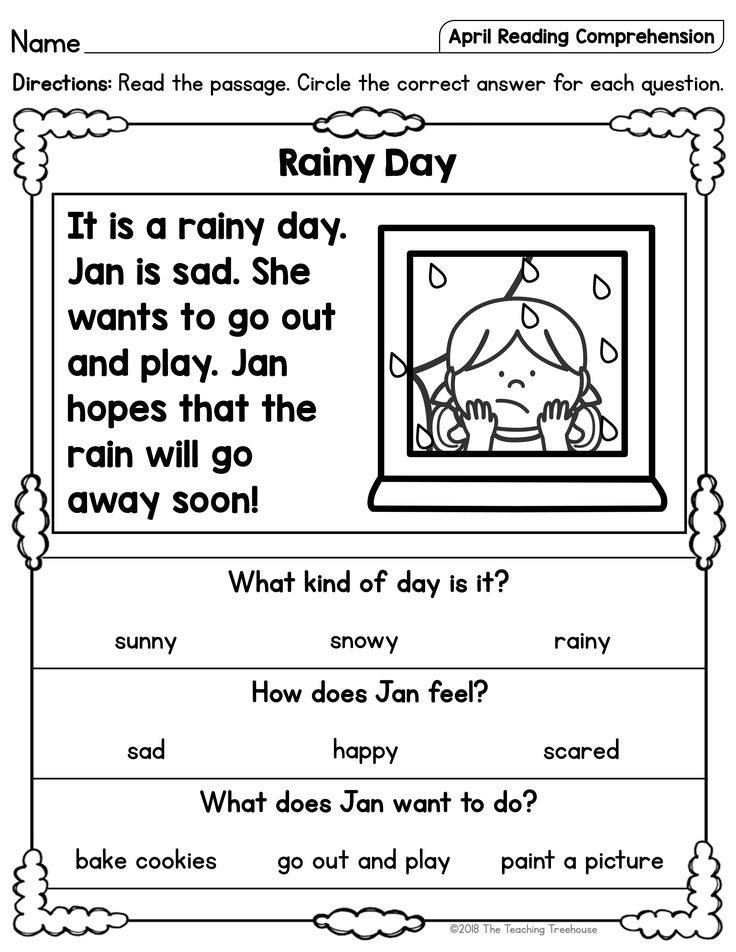
Learn more: Remedia Publications
5. Beef up vocabulary skills
The more words a student knows, the greater their access to complex reading passages. Practice vocabulary skills in a fun way with these 20 Meaningful Vocabulary Activities. Draw vocabulary Sketchnotes, play Vocabulary Jeopardy, join the Million Dollar Word Club, and more.
6. Practice using context clues
Image source: Crafting Connections
It is vitally important for all students to be able to use context clues to determine the definitions of unknown words. This poster and lesson plan from Crafting Connections will give your students the strategies they need to be a word detective.
7. Find creative ways to respond to reading
Image source: An Educator’s Life
Gone are the days of the dreaded, old-fashioned, stand-in-front-of-the-class and read your boring book report. How about making a mint-tin book report? Or a book report cake? Or a mobile made from a clothes hanger or a paper bag book report? These are just a few of the Creative Ways Kids Can Respond to Books we’ve rounded up to get your students excited about reading.
8. Learn about close-reading strategies
Image source: D Lu on Pinterest
Close reading is defined as “an intensive analysis of a text in order to come to terms with what it says, how it says it, and what it means.” And research shows that teaching students how to close-read helps them become better readers. The trick is spicing it up so that students apply close-reading skills without getting bored. Here are Innovative Teacher Ideas for Teaching Close Reading.
9. Create anchor charts together
From marking a text to visualizing to understanding a character’s journey, we’ve got the fourth grade reading comprehension anchor charts for you! Choose from dozens of colorful samples for you to build along with your students during direct instruction time.
10. Introduce figurative language
Image source: YourDictionary.com
Figurative language—things like metaphors, similes, and onomatopoeia—make reading more colorful and interesting.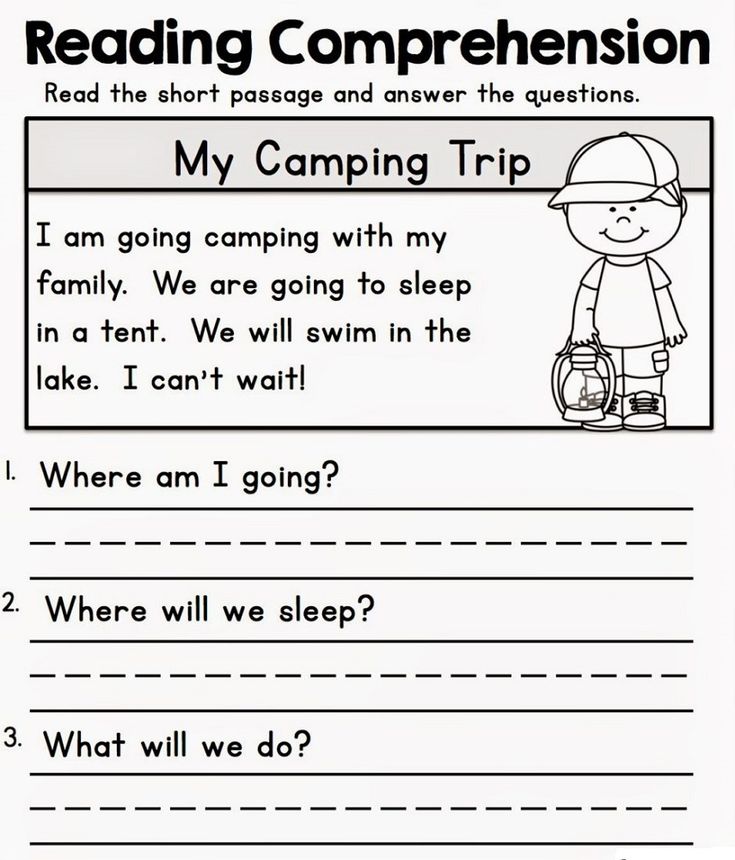 Understanding figurative language is a complex literacy skill that will stretch your students’ understanding. Center your lessons around these fantastic figurative language anchor charts.
Understanding figurative language is a complex literacy skill that will stretch your students’ understanding. Center your lessons around these fantastic figurative language anchor charts.
11. Focus on theme
Image source: Upper Elementary Snapshots
To fully explore theme, students must be able to understand what they read and then extract ideas from the text. Here are essential tips for teaching theme in language arts.
12. Read between the lines
Learning to make inferences is a key literacy skill and something all good readers do. When students pause while they are reading to ask questions and make connections, it strengthens their comprehension. For more on this topic, visit Teaching With a Mountain View.
Looking for more ways to encourage fourth grade reading comprehension? Check out our list of 60 of the Best Books for 4th Grade.
Plus, get all the latest teaching tips and tricks by signing up for our newsletters!
Effective strategies for working with text in the classroom at school
The ultimate goal of teaching Russian is practical literacy and language competence. The basis of the content of literature as an academic subject is reading and textual study of works of art.
The basis of the content of literature as an academic subject is reading and textual study of works of art.
Work with the text as the main didactic unit allows schoolchildren to combine the activities of developing practical skills of literate writing and speech development. nine0004
Every teacher dreams that all students come to the lesson prepared: they have completely read this or that work or paragraph. And not just read, but understood the meaning of the text read. During the final certification, the graduate must also understand the meaning of the read text. Whether it is a task to the text or the text itself.
Teachers working in grades 9 and 11 know that most mistakes are made due to misunderstanding of what is read, as well as when reading the assignment itself. nine0007
Teaching a child to read “correctly”, “effectively”, “productively” is an important task for a teacher. That is why the technology of productive reading (PRT), developed by Professor N. Svetlovskaya, acquires a leading role and contributes to the achievement of the results that are mentioned in the new standards.
Svetlovskaya, acquires a leading role and contributes to the achievement of the results that are mentioned in the new standards.
The technology is universal and can be used in lessons of any cycle.
It is aimed at the formation of all universal educational activities: cognitive, communicative, regulatory, personal.
The technology of productive reading differs sharply from the traditional technology of transferring ready-made knowledge to a student. The teacher organizes the children's research work in such a way that they themselves "think" about solving the key problem of the lesson and can themselves explain how to act in new conditions. The teacher becomes a partner, a mentor, an observer.
The developed technology includes three stages of working with text, a three-stage process. nine0033
The goal of is the development of anticipation (the ability to guess, predict the content of the text).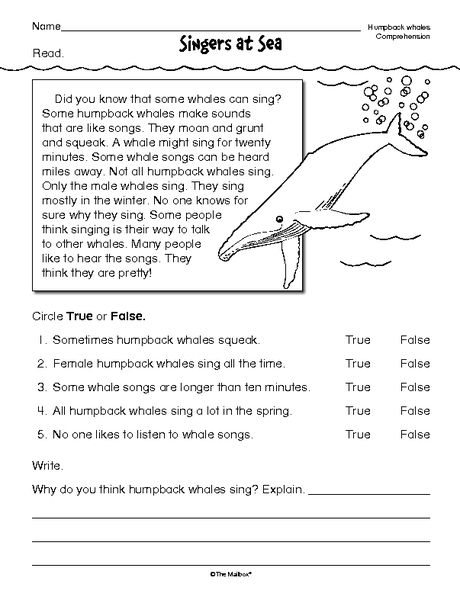 Task - to develop motivation for reading the text
Task - to develop motivation for reading the text
1. Strategy "Forecast by headline".
Task: think about what can be discussed in the story of K.G. Paustovsky "Warm bread", in the work of P.P. Bazhov "Mistress of the Copper Mountain", etc.
– Try to predict the content by the first line of the story…Remember the name of the story….Does the content of the story match the title? nine0007
Give examples of such discrepancies.
Associative bush (circle, row). Today we will read and discuss the topic… What associations do you have about the stated topic?
2. Strategy "Brainstorm" ("Basket of ideas").
Task: answer the questions before reading the text (fairy tales "Warm bread") - What do you know about K. G. Paustovsky? What do you think the story will be about? Who can be the main character? What event in the story can be described.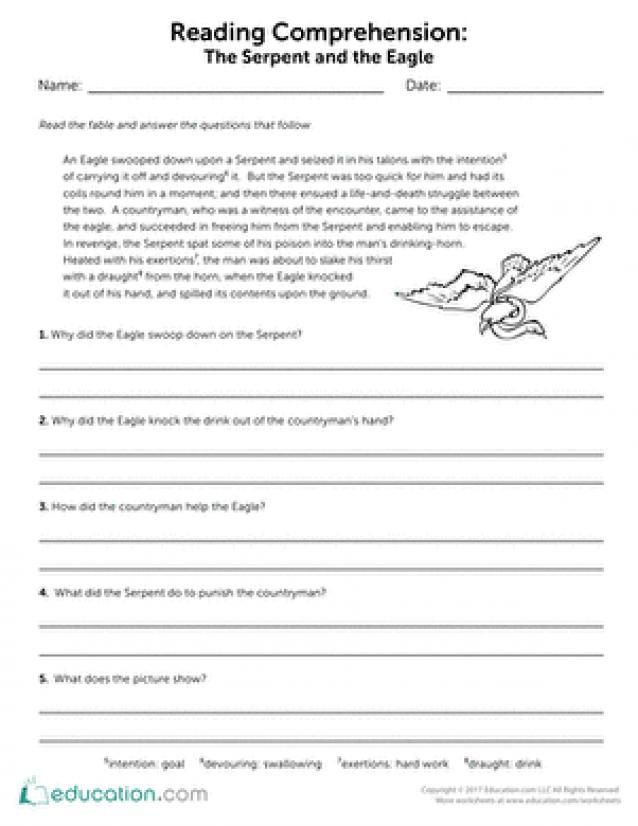 nine0007
nine0007
3. Strategy "Image of the text".
Task: check your assumptions. Based on the words taken from the text, try to make a short plot story. The title of the story is given.
4. Strategy "Battery of questions".
Task: make up questions to the text according to the title, according to the illustrations.
5. Glossary strategy.
Task: look at the list of words and mark those that can be related to the text. When you finish reading the text, go back to these words and look at their meaning and the use of words used in the text. nine0007
6. "Competing with the writer" strategy.
Task: try to predict the content of the book by looking at the illustrations. One student offers his version, the rest complete it.
7. Strategy "True and False Statements".
8.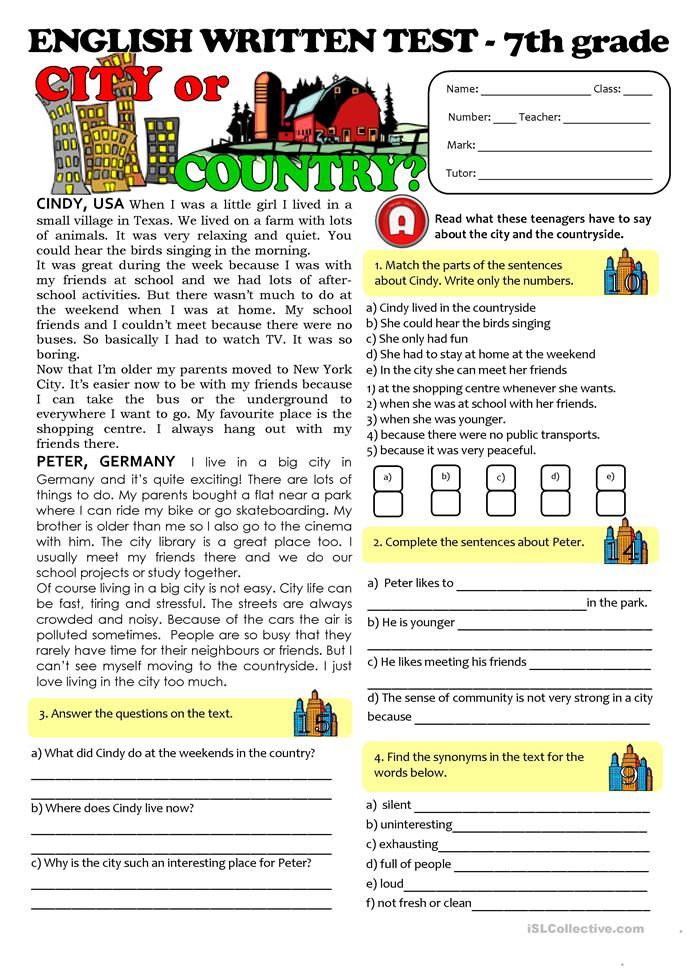 Strategy I know, I want to know, I found out.
Strategy I know, I want to know, I found out.
Stage 2 - stage of text activity.
The purpose of is to understand the text and create its reader's interpretation, summarizing part of the read text, asking questions of a generalizing nature, making assumptions about the further development of the plot and the role of characters in the composition of the text, etc.). nine0007
The main task of is to ensure the full perception of the text. The main strategies at the stage of text activity are dialogue with the author, commented reading.
1. Strategy "Reading in a circle". The text is read in turn (each "circle member" reads a paragraph). After this, a stop follows: everyone asks questions to the read passage. If the question cannot be answered (it does not correspond to the text), then the question is considered incorrect. * All correct questions can be recorded. nine0007
2. Silent reading with questions strategy.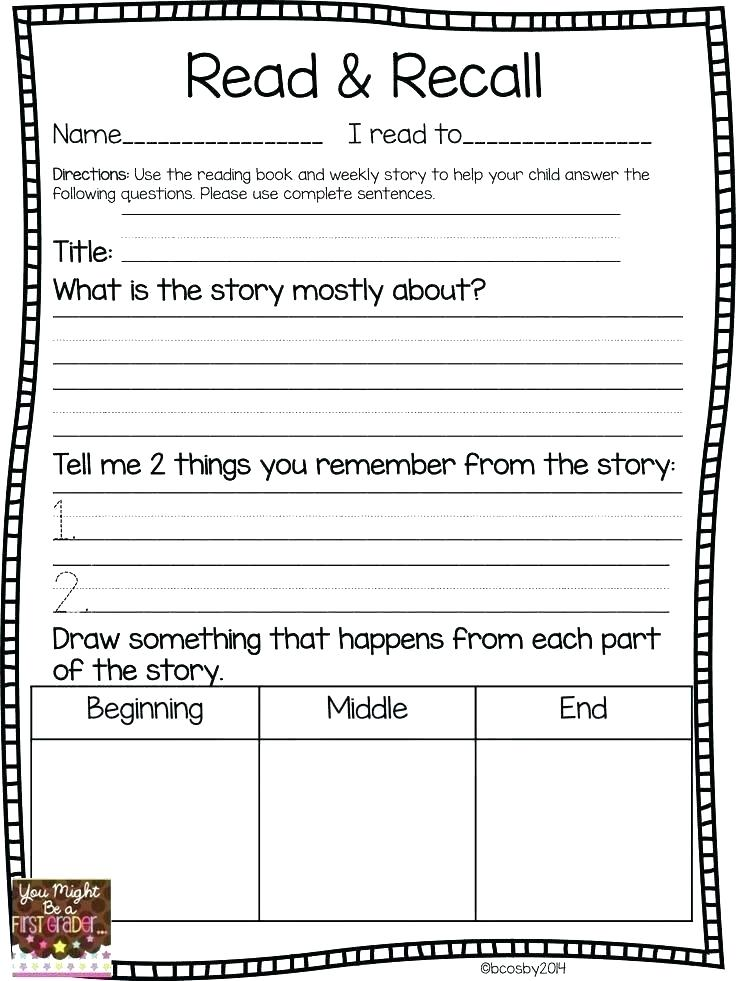
3. Strategy “Reading to yourself with notes. (Insert)" . Marginal notes: + - knew; - - new; ? - interesting; V is unclear. Others are possible: B - question; O - answer; Z - I know; N - new; And - interesting; X - I want to know; C - ask; U to clarify.
4. Strategy "Reading with stops". Reading the text with stops, during which tasks are given in the form of questions: some are aimed at checking understanding, others - at predicting the content of the next passage. nine0007
5. "Pose a problem - offer a solution" strategy. Remember what problems the heroes of the work face (the problem is formulated and written down in an oval). Next, the children can name several problems, students are divided into groups and offer all kinds of solutions to problems.
6. Strategy "Creating a question plan". The student carries out a semantic grouping of the text, highlights the strong points, divides the text into semantic parts and titles each part with a key question…….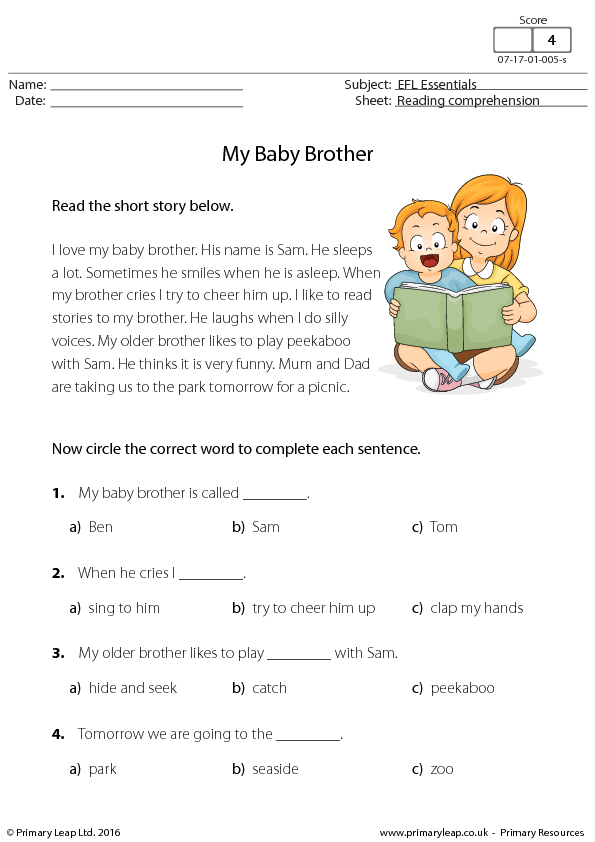 nine0007
nine0007
Stage 3 – stage of post-text (post-text) activity.
The purpose of is to correct the reader's interpretation in accordance with the author's meaning.
The main task of is to provide in-depth perception and understanding of the text, to raise a question to the text as a whole, followed by a conversation, the result of which should be an understanding of the author's meaning. Re-addressing the title, illustrations, performing creative tasks.
2. Question tree strategy Crown – what? where? when? Barrel - why? How? Could you? Roots - how to relate the text to life? With current events? What is the author trying to show?
3. Strategy "Bloom's Cube" (Benjamin Bloom is a famous American teacher, author of many pedagogical strategies = technician).
The beginnings of the questions are written on the faces of the cube: “Why?”, “Explain”, “Name”, “Suggest”, “Think up”, “Share”. The teacher or student rolls the die. nine0007
The teacher or student rolls the die. nine0007
It is necessary to formulate a question to the educational material on the side on which the cube fell.
The “Name” question is aimed at the level of reproduction, i.e. at the simple reproduction of knowledge.
Question "Why" - the student in this case must find cause-and-effect relationships, describe the processes occurring with a certain object or phenomenon.
“Explain ” question – student uses concepts and principles in new situations. nine0007
All of the above strategies involve serious work with the text, its deep analysis and understanding, the organization of independent cognitive activity of students on educational material. socially moral experience and makes you think, knowing the world around you.
Technology Advantage:
1. Applicable in the lessons of any cycle and at any level of education.
2. Focused on personal development.
3. Develops the ability to predict the results of reading.
4. Promotes understanding of the text in the lesson.
Articles on the topic
- RAFT technique in Russian language and literature classes
- TRIZ pedagogy techniques in speech development lessons in elementary school
- 4 methods of quick reading of educational and scientific literature
- How to analyze literary texts using the National Corpus of the Russian Language
- 5 exercises to develop creative thinking
- Important to know: amazing brain rules that improve learning
5 easy ways to teach your child to understand texts
Students who are talked about: “He’s better at math,” people often read badly. Although the point, perhaps, is not at all in humanitarian abilities or the presence of dyslexia, but simply in the fact that you need to work well with the child. Edition Edutopia told in detail how best to do this.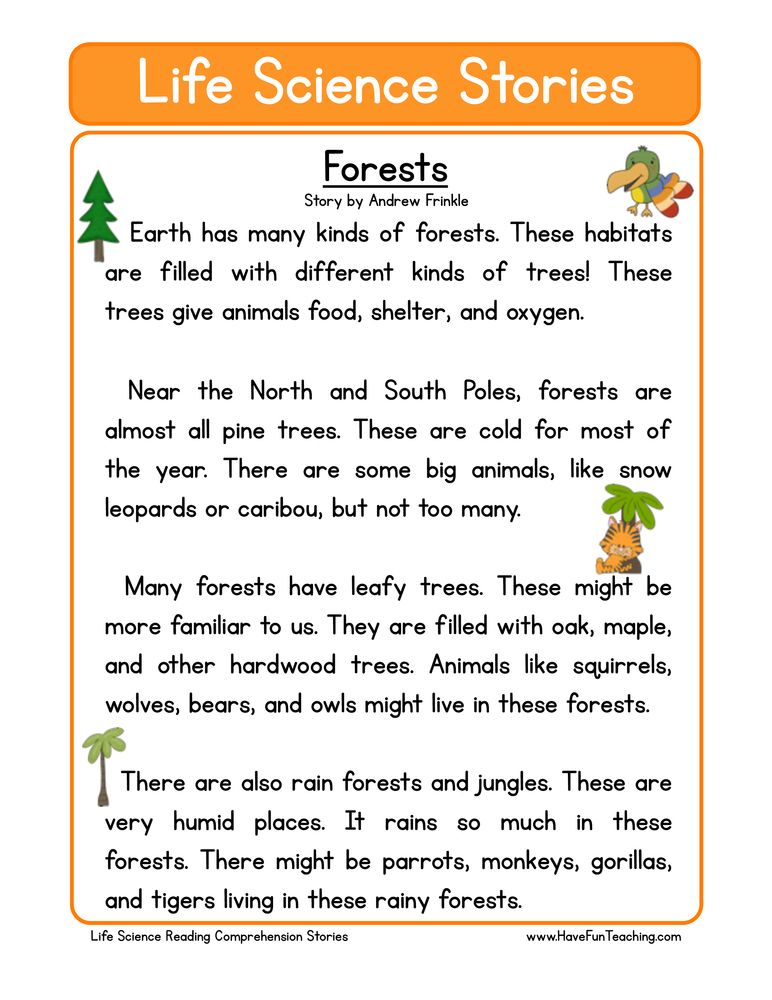 nine0007
nine0007
Why reading problems need to be addressed right away
When you start talking about reading problems, the first thing that comes to mind is small children with poor phonetics who struggle to decipher letters and make themselves understood. And there are people - schoolchildren and students - who think they can read, but in reality they experience a lot of difficulties with understanding words, images, conclusions, reasoning.
If a child deciphers a text well, we usually assume that he reads well. But at the same time, the teacher may notice that the child freely "decodes" the text, but does not understand it. One way or another, both children who cannot decipher and children who do not understand what is deciphered are all children with reading problems. However, the latter are much less noticeable, and their problem escapes the attention of adults much more often. The child begins to fail tests and generally does not understand half of what is taught in the classroom. nine0007
nine0007
That's when the real trouble comes, and most of the time it's already in middle and high school.
The sooner you start solving this problem, the better. But it is better to remember that a complete correction requires not just practice - for example, reading passages and asking questions on them - but using an integrated approach that includes several important things.
The following comprehension skills and strategies can be used for the entire class. Teachers can help students choose reading material that matches their current vocabulary and abilities so that in the classroom, children read the text and work at levels accessible to each of them. nine0007
What to do if a child does not understand what he is reading
1. Recent studies show that reading comprehension difficulties may stem from poorly developed spoken language, which develops long before a child begins to learn to read. It turns out that students who have problems with reading comprehension also often understand fewer words spoken in oral speech, that is, less than what they hear. They have poor conversational grammar. So, to deal effectively with reading comprehension problems, educators may need to adopt an approach that teaches vocabulary and comprehension first in spoken language and only then in written language. nine0007
They have poor conversational grammar. So, to deal effectively with reading comprehension problems, educators may need to adopt an approach that teaches vocabulary and comprehension first in spoken language and only then in written language. nine0007
2. Children who have poor reading comprehension often suffer from a small vocabulary, so it is useful for them to devote a lot of time to learning new words. One of the ways is a multisensory approach: for example, pictures, mind maps or mnemonics. Improving general language skills increases the likelihood that they will understand the words they encounter in written text. Since it is not possible to know and remember every word, the child should be taught different types of context clues and how to use them to determine the meaning of unknown words. nine0007
3. As soon as a child has enough vocabulary to understand every word in a text, he finds it difficult to keep his attention and follow all the details or, for example, access indirect information and the hidden meaning of the text .
In this case, the educator can teach the child several cognitive reading strategies that will help: annotation, SQ3R, and KWL diagram among them. They help:
- to learn to discuss what they have read or to activate knowledge gained while reading a text; nine0202
- develop and ask questions about what has been read;
- draw parallels between two texts or between what the child saw and read;
- make predictions about what will happen next in the text;
- highlight keywords that will later help answer questions;
- think aloud.
Each child can choose exactly the strategy that works best for him. Extracting deeper meaning from a text using strategic thinking can be useful not only for reading comprehension, but also for writing. nine0007
4. Have students engage in peer learning - this encourages the child to take the lead and think about their thought process while reading. Teachers can use peer learning during class discussion, with a text that is read aloud and then with a text that is read in groups.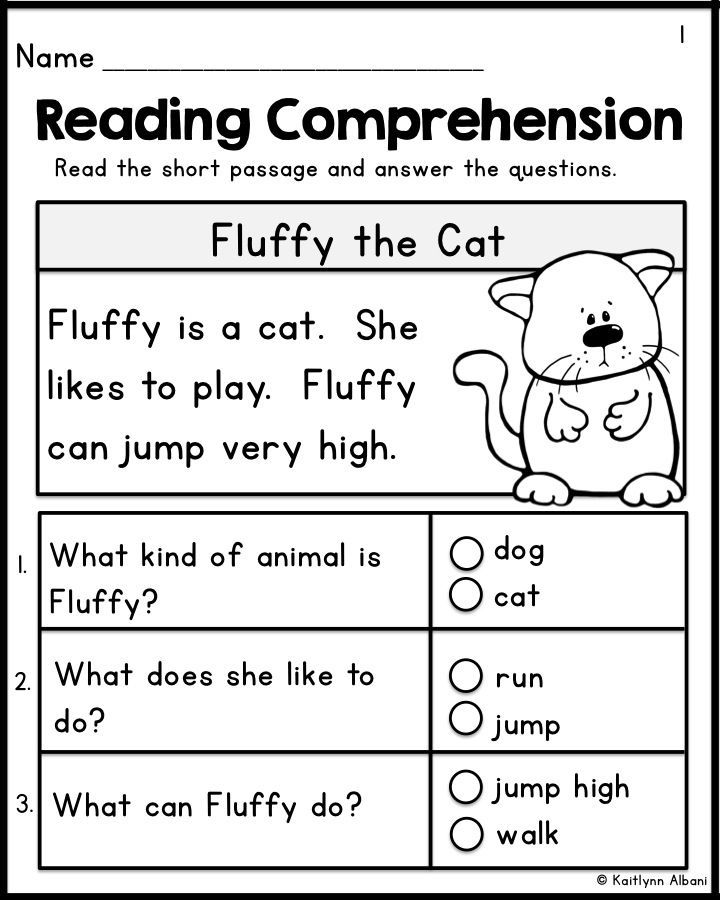 Students should divide into four types and then alternate among themselves.
Students should divide into four types and then alternate among themselves.
- Participant 1. The one who asks the question. He asks about parts of a lesson, discussion, or text that are unclear or confusing to help connect with previously learned material. nine0202
- Participant 2. The one who will record important things - for example, details from the text or important points of the discussion.
- Participant 3. The one who will answer the questions asked by the first participant and will be responsible for ensuring that the answers to these questions are clear to everyone.
- Participant 4. Someone who will make predictions about what will happen next based on what has been presented, discussed or read. nine0213
5. Schoolchildren must be taught text comprehension skills: they need to know what sequence is, what text structure and storyline are, how to draw a conclusion from what they read, what figurative language is and what types it has.